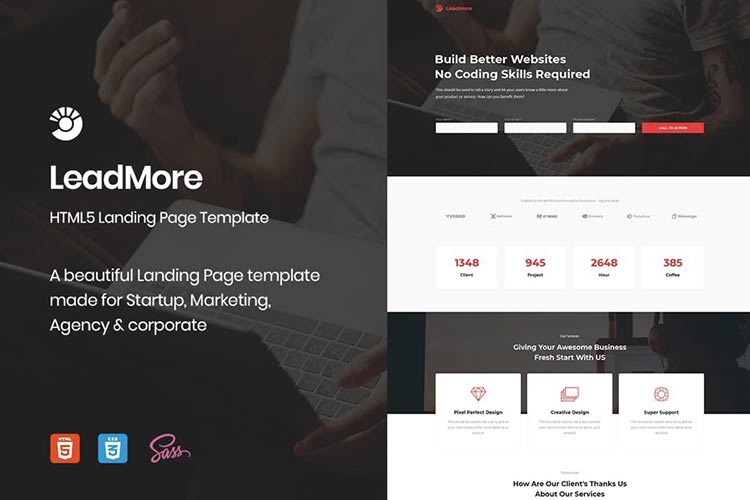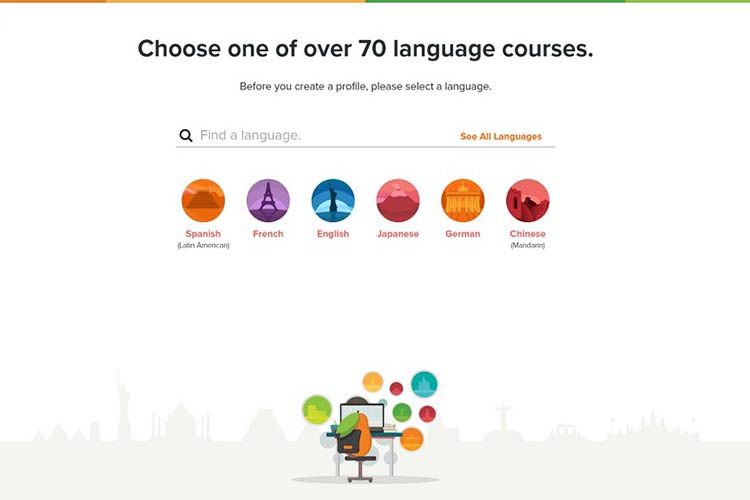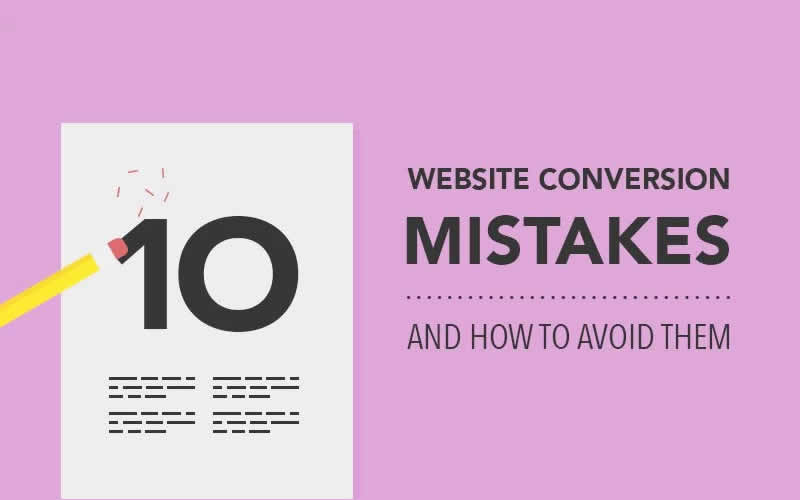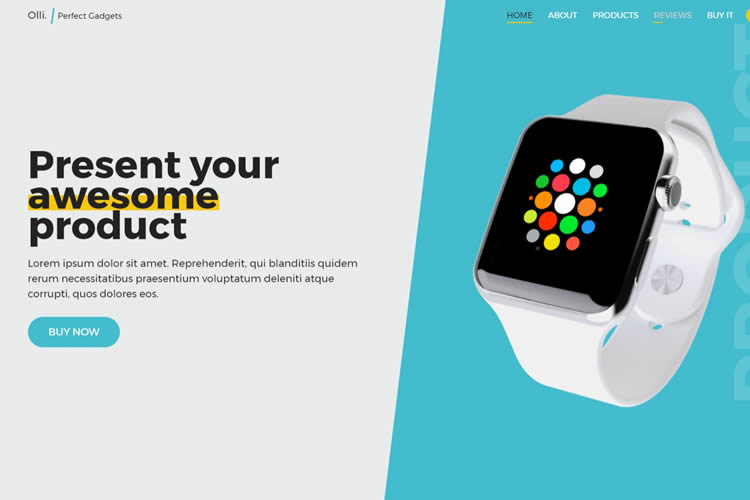This landing page is tailored to the action they just performed, so clear and direct calls to action are necessary for impactful landing pages. Targeting ads to lead customers to attractive landing pages is a fantastic way to increase your brand’s reach.
Since Google began giving preferential rankings to pages containing video content, video has become a top way to boost brand awareness. Video content is appealing for several reasons, so leveraging the power of video content in your landing pages is sure to make a great first impression with potential customers.

The Power of Video Content
Video landing pages are a huge trend in content marketing. While most landing pages are generally geared toward encouraging the customer to perform a specific action, such as downloading an eBook or joining a mailing list, branded video content can delight, entertain, and inform potential customers. Video landing pages are shorter, easier to digest, and more attractive to the modern consumer.
While not every user will want to, or have the time to, read text-based content or browse an image gallery, videos can be watched or heard while doing other things, so encouraging a potential customer to watch a video is typically easier than getting them to digest other forms of content.
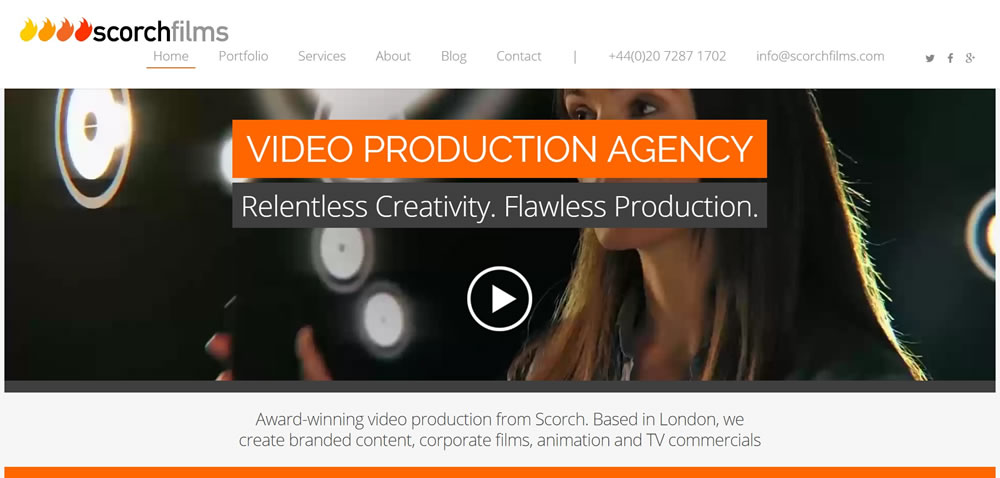
Video landing pages can increase conversions up to 80%, and site visitors generally linger on webpages with video content up to 88% longer than they would on other sites.
Video content is especially effective for eCommerce websites. Users are also 52% more confident in their purchases from sites with video content. Additionally, users who saw video content on eCommerce sites stayed on those sites roughly two minutes longer and were 64% more likely to make a purchase.
Video Landing Pages vs. Traditional Landing Pages
Digital marketing is constantly changing and remains hyper-competitive. Today’s consumers are so inundated with sponsored content, ads, and other forms of marketing, that most simply tune out anything that resembles advertising.
Modern marketing professionals are tasked with making memorable impressions on consumers, to stand out from competitors and display real value.
A traditional landing page is a great way to show browsing consumers that your content is relevant to their needs and that they have come to the right place to learn more about you and your brand. After clicking your well-placed targeted ad, the customer hits your landing page knowing they are in the right place to take advantage of your offer, receive your free gift, or learn more about your brand.
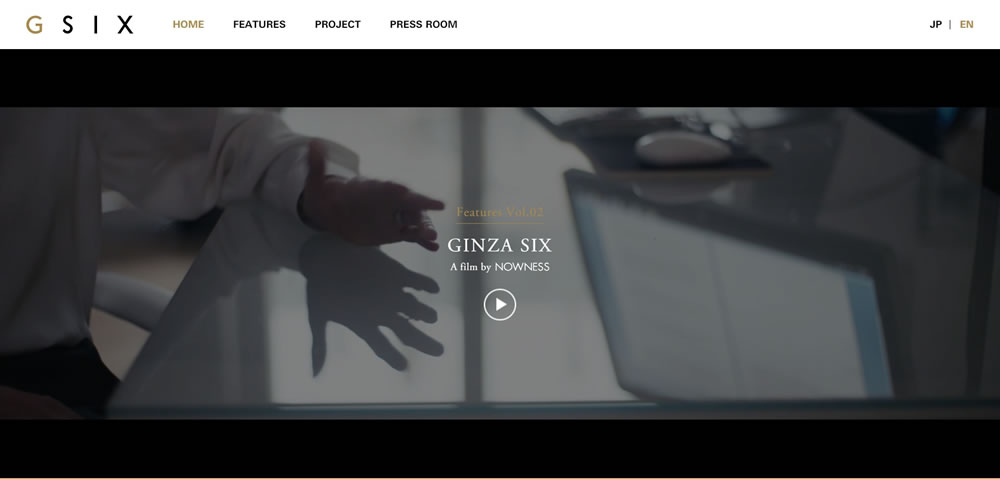
It’s imperative that value and relevance are readily apparent; otherwise the potential customer will simply think you’ve wasted their time. There needs to be a clear incentive to click on your link, and the results should match the user’s expectation.
When this doesn’t happen, it hurts your conversion rate and your credibility. Once a modern shopper dismisses a brand as unreliable, inaccurate, or irrelevant to their interests and needs, it is extremely difficult to rebuild that trust.
Another major benefit to video landing pages is the fact that Google gives priority to sites with video content. If your site is optimized for search engines, your rankings will improve even more thanks to video landing pages. This additional reach is extremely valuable as search rankings are so competitive.
Mobile First
Many marketers have realized the staggering potential of developing content with a “mobile first” mentality. Mobile content viewing continues to skyrocket as more and more consumers use their smartphones for everything from browsing the web to shopping and paying bills.
As smartphone technology advances, it’s much easier for modern consumers to purchase mobile hardware capable of high-definition video streaming. Consequently, more and more video content is consumed on mobile devices every day.
Another key concept in modern marketing is responsive design. Thanks to the plethora of options afforded to modern consumers specific to internet-capable devices, it’s more important than ever to design your site and your content to respond to various types of devices.
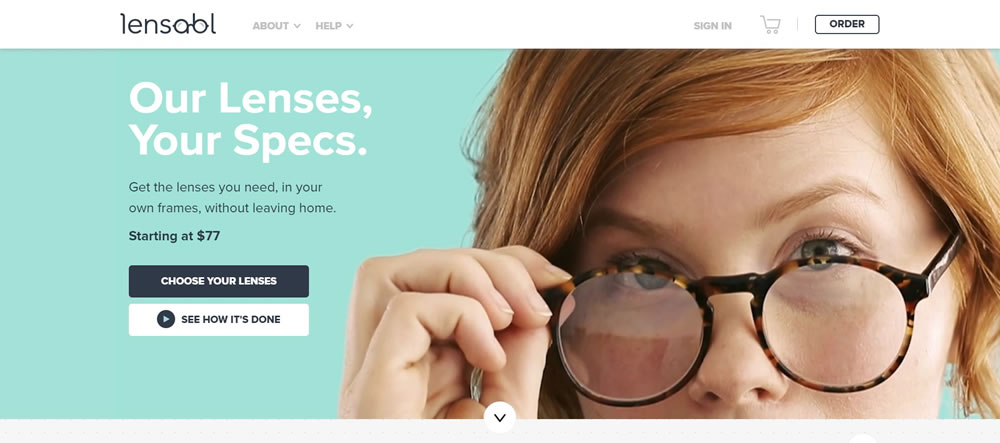
For example, it’s vital to think of thumb navigation when designing your websites, as mobile users won’t be using a mouse to navigate your content. Optimizing for mobile devices is essential to modern digital marketing, and more and more professionals realize the value of investing in video content for their well-designed and thoroughly optimized websites.
Mobile also opens the door to more advanced targeting for marketing campaigns. For example, digital marketers can tailor content based on a user’s geographical location to deliver more relevant content. While this may not be a realistic option for every piece of video content, it’s still vital to remember that geo-targeted content can have profound effects on your conversion rates while building your brand strength at local levels.
Tips for Video Landing Pages
There are countless tools available for developing video content at little or no cost. Virtually any business of any size in any industry can produce high-quality video content, so it’s important to seize this opportunity as soon as possible.
The value of video content has been well-known for years now, so if you aren’t capitalizing on this for your brand, your competitors certainly will for theirs. Consider the following tips for producing high-quality video landing pages:
- Start now. Again, if you haven’t realized the potential of video content for your brand awareness, your competitors have. It’s crucial to invest in video content for your landing pages sooner rather than later. Your videos will improve with testing and experience, so don’t fret about making your first foray into video content perfect.
- Don’t let cost sway you. Video content is much cheaper to produce than most marketers realize. Even if you have little to no experience with video production, you don’t need to amaze your audience, just give them something delightful and valuable. Simple videos like company updates, storytelling, consumer success stories, and product demos are great ways to get started with supplying video content to your audience.
- Know your audience. Well-researched customer profiles are one of the most powerful tools in a marketer’s arsenal. If you have a very clear idea of who you want to attract to your brand, develop video content that will speak to their needs and wants, and answer the questions they likely have about your brand.
- Consider how the video is optimized. Video content is engaging, but it can also be annoying for some users. Some features such as auto-play might suddenly blast the audio of your video at a customer. Make sure users can play and pause your video, expand it to full-screen, and mute it if they wish. If possible, you may want to invest in closed captioning for your video so it’s accessible to a wider audience.
- Make it relevant and valuable. If you know your customer base, it shouldn’t be terribly difficult to develop video content they’ll enjoy. Don’t waste potential customers’ time. Offer them a reason to click your link, and then make sure they’ll be delighted with your video content that follows.
- Follow up. One good turn deserves another, so don’t make one piece of video content into a good standalone experience for your leads. Tie the other content of your video landing page to the video itself and future content. Video series are great tools for building awareness and driving engagement. Users who view your first videos will want to stick around for what’s to come, and latecomers who are delighted with your content will want to go back and investigate what you’ve done in the past.
These are just a few of the ways you can capitalize on the power of video landing pages. The value of well-crafted landing pages and the power of video content have been well-known in the marketing world for years, so it’s crucial to capitalize on the potential a combination of the two can have for your brand, conversion rate, and staying power in a hyper-competitive market.
This post may contain affiliate links. See our disclosure about affiliate links here.
